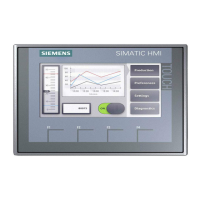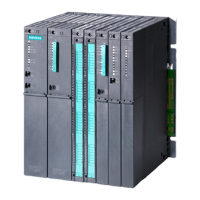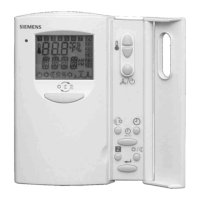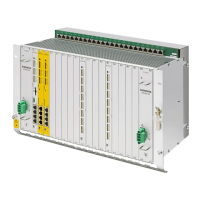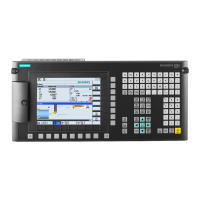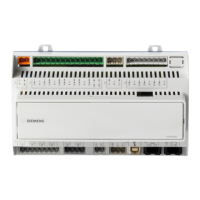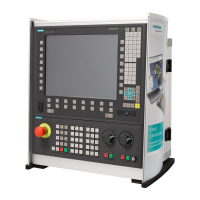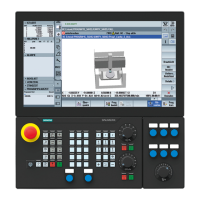Please note that the final statement on compliance with the standard is given by the respective
label attached to the individual unit.
1.2.2 Ambient climatic and mechanical conditions
1.2.2.1 Transport and storage conditions
The components of the SINUMERIK 840D sl system exceed the requirements according to
EN 61800‑2 with regard to shipping and storage conditions.
The following data applies under the following conditions:
● Long-term storage in the transport and product packaging:
At weather-protected locations that have continuous contact with outside air through
openings.
● Transport in the transport packaging:
– In unventilated containers under conditions not protected from weather effects.
– In the “cold" in accordance with outside air.
– Air transport in the air-conditioned cargo hold.
Table 1-2 Ambient conditions during storage and transport
Type of condition Permissible range/class
Transport Storage
Classification EN 60721-3-2 EN 60721-3-1
Climate class 2K4 1K4
Ambient temperature
1)
-40° C ... +70° C -25° C ... +55° C
Biological environmental condi‐
tions
2B1
2)
1B1
2)
Chemically active environmental
conditions
2C2
3)
1C2
3)
Maximum permissible tempera‐
ture change
Direct interaction in air/air:
-40°/+30° C at 95% relative
humidity
30 k/h
Relative humidity (without conden‐
sation)
5 to 95%
Precipitation, rain 6 mm/min
2)
Not permissible
Water other than rain 1 m/s and wet loading surfa‐
ces
4)
Not permis‐
sible
5)
1 m/s and wet
loading surfaces
4)
General information and networking
1.2 Application planning
Handheld Terminal HT 8
Manual, 07/2015, A5E36371621B-AB 17

